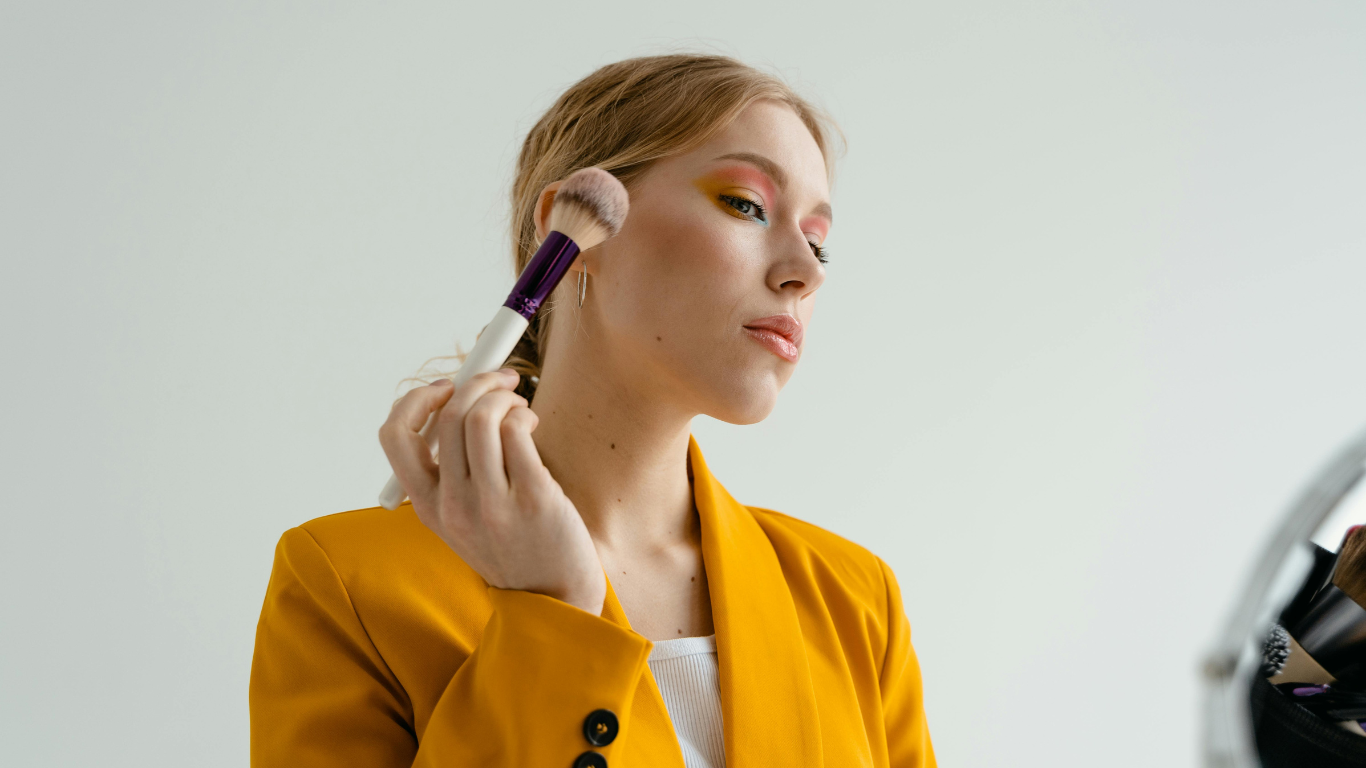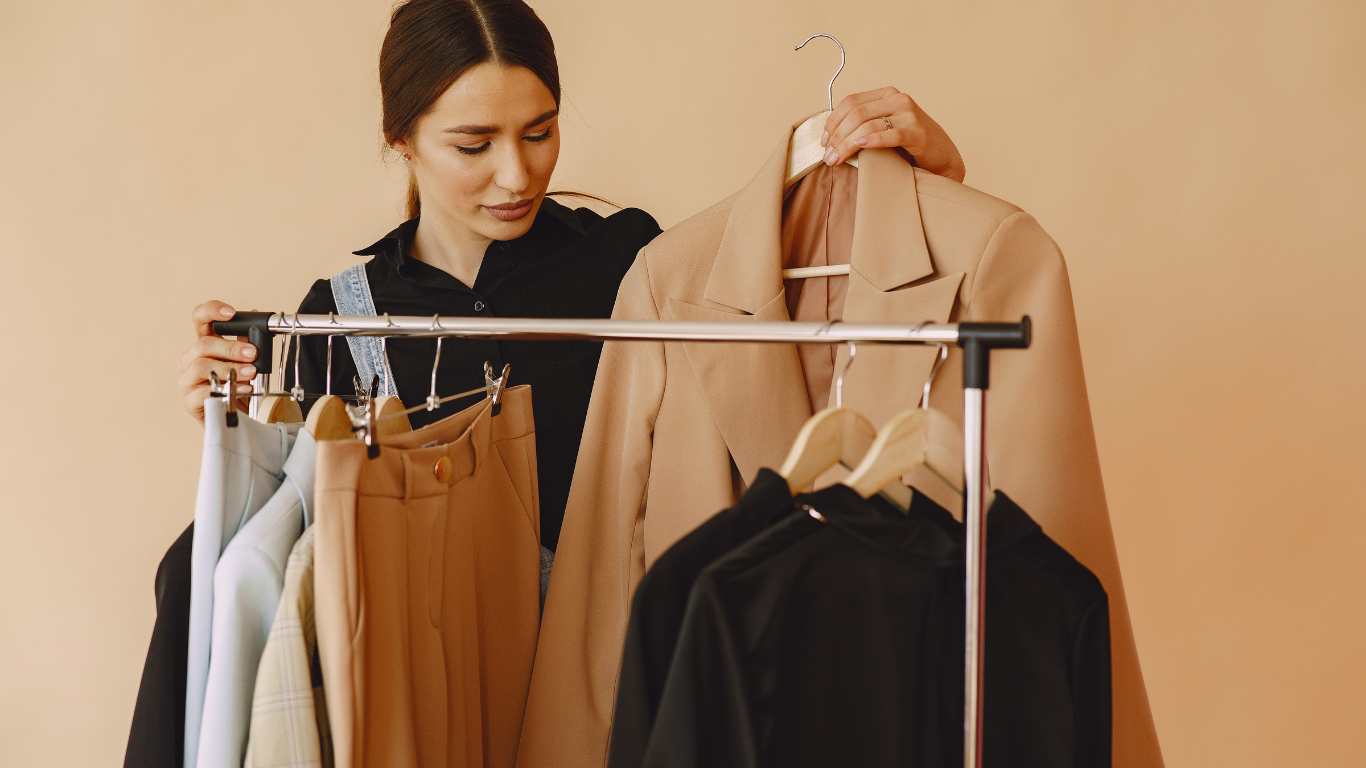In Germany, we tend to consume in excess. Many of us have closets full of things we rarely or never use. These bad purchases not only burden our wallets, but also the environment. In this article, you'll learn why we tend to make bad purchases and which consumer tips can help you shop more consciously.
Why do we tend to make bad purchases?
Our consumer behavior has changed dramatically in recent years. In Germany, we buy an average of 60 new items of clothing per person each year. One in five of these items is almost never worn.
The constant availability of products, tempting advertising, and social pressure to always be up-to-date often lead us to shop impulsively. The thought that we "need" something can tempt us to buy things we ultimately don't use. This consumer pressure is often associated with a so-called "buy trap." We feel overwhelmed by the multitude of options and make decisions we later regret. Products we once considered necessary quickly lose their appeal, and the original purchase idea fades into the background.
Many of these purchases end up unused in our closets, which not only takes up space but also wastes resources, whether through transportation, production, or mining. In addition, our emotional state and current trends often influence our purchasing decisions, leading us to believe that more possessions lead to greater happiness. Ultimately, this often results in a collection of things that don't truly enrich us and instead burden us.

Conscious shopping against bad purchases
To avoid bad purchases, a more conscious approach to consumption is necessary. Here are some consumption tips that can help you:
Set priorities and create a list
Before you go shopping, make a list of the things you really need. Set priorities and stick to the list to avoid impulse purchases. This simple step can be amazingly effective in reducing bad purchases. Consider not only what you need now, but also what will fit into your closet or household in the long term. A clear plan will help you keep track of everything and prevent you from buying unnecessary items that you'll rarely use later.
Think first, then buy
Before you buy something, ask yourself whether you really need it. Consider how often you will use it and whether it is just a short-term impulse. Don't buy it immediately; instead, stroll through the store or close the online shop page and reflect on your decision. Often, it turns out that many things seem tempting in the moment but offer little practical use. Take your time and question whether the object will actually enrich your everyday life or your wardrobe. If you are still enthusiastic after a few hours, you can always go ahead and buy it. However, the impulse to buy can often be put into perspective with peace and some distance.

Follow the consumer pyramid and avoid bad purchases
The consumption pyramid is an excellent guide for more conscious shopping and avoiding bad purchases. It clarifies the hierarchy of consumption decisions and focuses on the sustainable use of existing resources.
At the base of the pyramid is "reuse." Instead of immediately purchasing new items, we should use existing items for as long as possible, make repairs, and maintain our possessions. Above reuse is the option of swapping, which serves as an environmentally friendly alternative. The next step in the pyramid is the purchase of second-hand products. This allows us to acquire high-quality items that have already been used, thus minimizing resource consumption. Last but not least is the purchase of new products. The consumption pyramid makes it clear that this should be the last option. This clear structure enables us to make informed decisions and shape our consumption sustainably.
The consumer pyramid reminds us that purchasing new goods should be the last resort to minimize environmental impact and avoid making bad purchases. This clear structure helps us make conscious decisions and place our own consumption on a sustainable basis.

Quality over quantity
Invest in high-quality products that will last longer instead of buying lots of cheap items. Even if the price seems higher at first glance, you'll save money in the long run and reduce the number of unnecessary purchases. High-quality products are not only characterized by their durability, but also by better materials and craftsmanship. This means they're less prone to wear and tear or damage, and you'll need to buy replacements less often. In addition, many more expensive brands often offer greater functionality and comfort, which justifies the extra cost.
By choosing quality, you're not only doing your wallet a favor in the long run, but also the environment, as you'll consume less frequently and thus produce less waste. It can also help refine your style, as high-quality, timeless pieces are often more versatile and can be easily incorporated into different outfits. In many cases, buying fewer, better-quality products turns out to be a better investment, one you'll enjoy much more in the long run.
Reflect on your habits
Regularly take time to reflect on your consumption habits. Look through your closets and consider what items you've actually used in the last few months.
Reflection is an essential step on the path to more conscious consumer behavior. By regularly questioning and rethinking your habits, you can minimize bad purchases and contribute to a more sustainable lifestyle. Look for patterns and trends in your purchasing behavior. Do you tend to buy certain types of products impulsively? Are you susceptible to seasonal trends that quickly fade away? Identifying such patterns will help you make more informed decisions.

Capsule Wardrobe: Conscious selection of clothing items
A capsule wardrobe requires a careful selection of garments that can be combined in a variety of ways. This conscious selection avoids buying individual pieces that only fit certain outfits and are rarely used in everyday life.
Because a capsule wardrobe aims to get by with a limited number of items, it not only reduces bad purchases but also impulse buys. The clear structure and fixed piece sizes prevent you from being swept away by bargains or short-lived trends.







